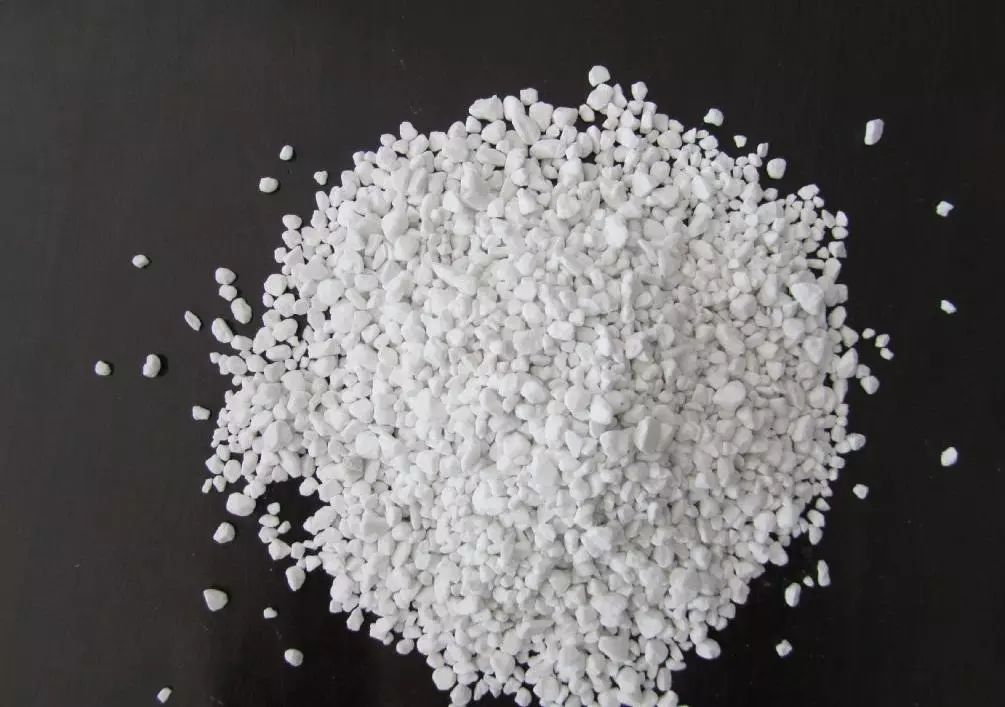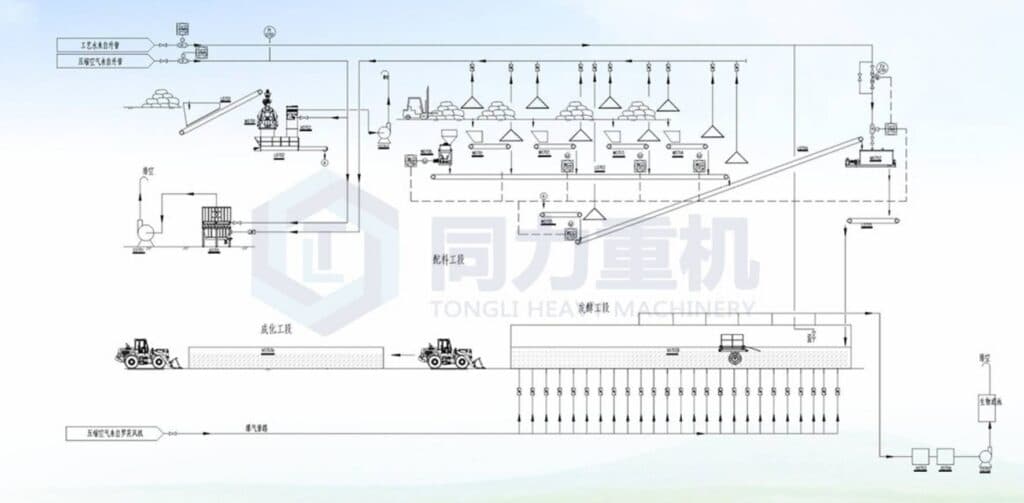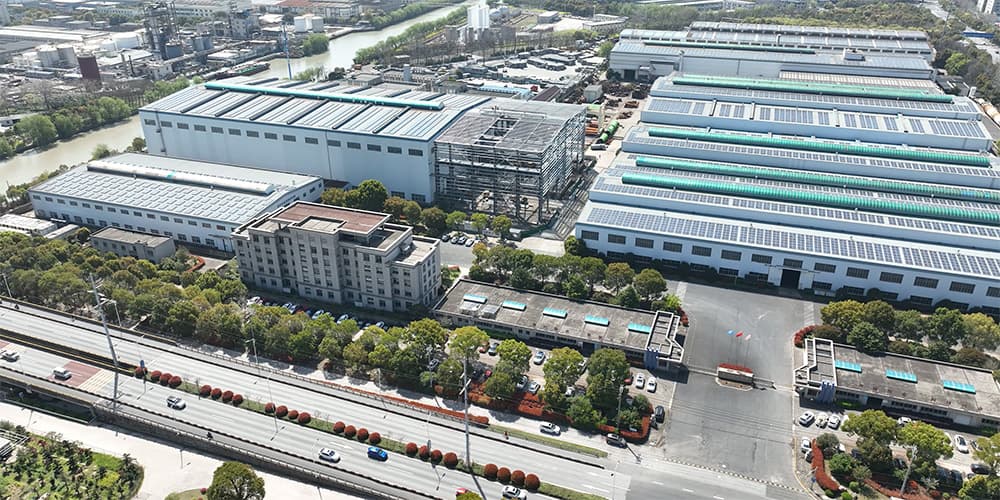The Potash Drying Process: What You Need to Know
Drying potash is a critical part of the process of processing the ore into a usable form for use in fertilizer production, as well as an important step in completing the product down the fertilizer line. The following article outlines the basics of potash drying, including its benefits, equipment and materials considerations.
Drying Potash Ore
Mined potash ore undergoes several processing steps to separate the potassium from the veins. This process varies depending on the type of potash mining used, the characteristics of the particular deposit, and the desired end product. However, drying is an essential step regardless, especially when it comes to providing a suitable raw material for the fertilizer production process.
In most cases, when potash is used in the production of fertilizers, the moisture content of the raw material usually needs to be less than 0.5%, depending on the specific source of the potash and the characteristics of the end product. Because potash tends to clump or agglomerate, reducing the moisture content is critical to creating a homogeneous, flowable feedstock that can be accurately dosed during the pelletizing process and will not clog downstream equipment. Drying potash prior to granulation helps reduce the potential for caking during storage.
Whether potash is used in the fertilizer market or not, drying potash makes transportation more efficient and economical by reducing the amount of moisture that is transported.

Dry potash products
In the fertilizer industry, granulation is a common method of creating marketable products that are easy to handle and spread with little dust. For potash fertilizers, granulation is done using one of two methods: compaction granulation or wet granulation (also known as pelletizing). In both cases, drying plays an important role in the product completion process.
Drying during compaction
Compaction granulation uses a double roller press or compactor to press potash into compacted flakes. The compacted flakes are then fed into a granulator, which crushes the material into coarse particles.
Compaction is usually a drying process, which means that no liquid binder is used to assist in pellet formation and therefore no drying step is required. However, the jagged and irregular particles produced during compaction tend to wear away or break down into fines. This is usually the result of rough particle edges hitting each other and breaking up. To solve this problem, a glazing step is usually used.
Glazing after compaction
Glazing is a finishing step after compaction and is usually carried out in a rotary dryer (or in other cases a kneader). By spraying a small amount of water onto the hot pellets in the dryer, surface cracks can be filled, hardening the pellet surface and evaporating the water, thus creating a recrystallized surface on the pellet surface that is less susceptible to degradation.
Drying in the pelletizing process
While potash producers have historically preferred compaction granulation, many are adopting or shifting to pelletizing or wet granulation. This technique uses a liquid binder and a rolling motion to form granules through layering or accumulation. This process is most often performed on disc granulators (also known as disk pelletizers) and produces round pellets that are considered a premium product in the industry.
Since this technique uses a liquid binder, a drying phase is required.
Drying ultimately reduces the moisture content of the product to industry-acceptable levels (producers often have their own specific target moisture content) during the granulation and compaction process. This reduces the likelihood of product caking, prevents mold and bacteria growth, and improves the efficiency of shipping and packaging.

Potash Drying Equipment: Rotary Dryer vs Fluidized Bed Dryer
Potash miners and fertilizer producers are often faced with two choices when selecting drying equipment: rotary dryers or fluid bed dryers. While both industrial drying systems are in use, the rotary dryer has become the preferred method for drying potash ores and fertilizer products.
Rotary dryers are more tolerant of material variations than fluidized bed dryers. They also offer heavy-duty options to accommodate high production rates and are very reliable with proper maintenance. The tumbling action they employ is also well suited to rounding off the sharp edges of the potash produced by compression.
Rotary dryers cascade material through the combustion product stream for optimum heat transfer efficiency. This cascading motion also helps to minimize material agglomeration during the drying process.

Material considerations when drying potash
Although drying potash is a fairly simple task, there are a number of factors that need to be considered when designing a potash dryer.
Dryer Airflow
Potash dryers should ideally be designed for downstream airflow, i.e. the potash and the airflow flow in parallel and in the same direction. If a counter-current airflow is used, the product is more likely to degrade and discolor because the potash encounters the hottest air at the driest point. Downflow prevents this because the potash is exposed to the hottest gases in the wettest state.
Corrosivity
Potash has a reputation for being highly corrosive and requires special attention to the material construction of the dryer. For this reason, stainless steel is often used at the front of the dryer to prevent corrosion and help prolong equipment life.
Potash agglomeration
As potash can clump and stick to the dryer, dryers are often fitted with a knockout system or “knocker” to remove any clumps of material from the inside of the dryer, or a screw conveyor can be used to “throw” or “pitch” the potash into the dryer, breaking up the clumps in the process.

Conclusion
Drying is a critical step in bringing potash products to market. From processing the potash ore to the final fertilizer product, drying plays a unique role in producing a product with the quality and characteristics required by the market. Rotary dryers are the industry’s preferred potash drying equipment, but must be designed with the characteristics of potash in mind to achieve a highly efficient and reliable dryer with a long service life.
Since our founding in 1958, TONGLI has been the preferred supplier of custom dryers and fertilizer production equipment to the potash industry. We also offer extensive potash process development and testing services, as well as full parts and service support. For more information about our potash dryers or services, contact us today.

